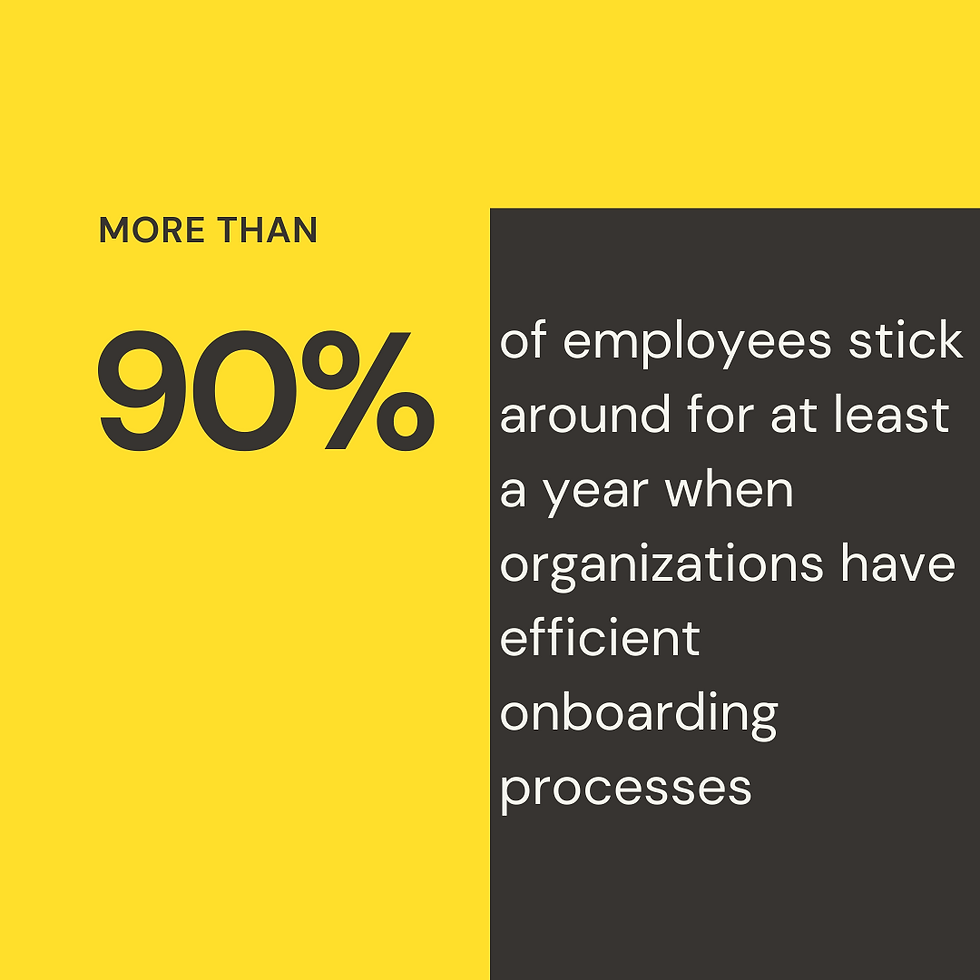Challenges for Training a Diverse Workforce: Blue Collar & White Collar
- Jennifer Rea
- Sep 11, 2021
- 4 min read
Updated: Sep 14, 2021
The previous blogs in this series explained the Employee Training Life Cycle pieces such as Orientation, Onboarding and Growth opportunities. This next part will lay-out some considerations that should be made when developing a training program for a diverse workforce with specific focus on the differences when contemplating the blue collar workers and the white collar workers.
Just to be clear, let me define Blue Collar and White Collar employees.
Investopedia has some good explanations of the differences.
White-collar workers are suit-and-tie workers who work at a desk and, stereotypically, eschew physical labor.
Blue-collar worker refers to workers who engage in hard manual labor, typically agriculture, manufacturing, construction, mining, or maintenance.
The article also further explains the history behind these terms.
The question remains on what considerations should be made when developing an Employee Training Program when both types of workforce exist within an organization. It is good to read the blog from My Big Idea about myths that should be squelched when creating a Training Program that includes blue collar workers.

Myth #1: Blue collar workers aren’t that interested in their jobs.
Myth #2: White collar workers are more educated.
Myth #3: Blue collar workers make less money.
This blog explains that Blue Collar workers are just as committed to their jobs. They continue to learn and expand their knowledge and certifications. And salaries vary depending on the skills needed.
The bottom line is that an Employee Training Program involves workers. No matter what category of worker, “Within each group of workers, there are individuals who are driven to advance, individuals who are happy to remain in their current job and individuals who are simply biding their time until it is quitting time.” I have experienced this first-hand when facilitating training. The engagement level was not based upon whether they were blue collar or white collar, it was based on their interest level and commitment to learning.

The list we really need to use as a guideline when developing Training Programs is also included in the article from My Big Idea.
Goal-setting
Skill Assessment
Teamwork
Although simple and basic common-sense, these three items provide an outline of what we should be including in our Training Program. More details on goal-setting will be included in the next blog. The skill assessment part is somewhat addressed in our extended DISC assessment and mentioned in the previous blog.
Teamwork. This is similar to the thought on collaboration explored in the previous blog. It is definitely a pillar that should be further researched. No matter if it is a blue collar or white collar position, they will be working on a team and should receive some training on this within the Training Program. Although we are currently implementing this idea in a smaller cross-section of our department with our Strategic Team members and their professional development, it is a good idea to develop it for all employees.
We have established the same topics and training should be offered to blue collar and white collar employees but there are different challenges to resolve. The Strategic Training Team we have put together to work on our Training Program should review each of these ideas presented from eFront.
What training needs to be delivered - and to who?
Who does the training?
Who develops the training materials and environment?
Different generations in the same workplace
Engaging with training
Getting feedback and course completion
At our last Strategic Team meeting, we challenged team members to poll their fellow team members about topics they want in the Training Program. We want to put together a list of high priorities. This is similar to what is mentioned in eFront. “You may find it useful at this point to have input from individual departments, as well as individual prospective trainees, as to what they feel they need to learn – and how.” Talent LMS notes there should be an essential and a nice-to-have category when it comes to training. Our Strategic Team already agreed to that idea as well.
The Talent LMS list includes challenges when reviewing a Training Program.
Hectic Employee Schedules
A dispersed workforce
Different learning habits
Lack of engagement
Training that isn’t relevant
Costs, costs, costs
Many of these match in comparison to the eFront list and are very closely related to what our Strategic Team is currently accomplishing which is very encouraging as we are developing our Training Program.
A few nuggets from Talent LMS were new ideas I would like to think about and possibly implement. A “training agreement” was mentioned. This agreement would outline the expectations, and “ask each learner to sign it as a commitment to the learning process.” This is a simple yet engaging way to make sure the training objectives are understood. It also supports the lack of engagement challenge. This section in the blog expressed the idea of communicating “learning outcomes upfront to increase behavioral engagement.”
Reading the section on different learning habits was very closely tied to the section from eFront on different generations. The new part was the needs analysis. Although we had discussed asking our team members their preferred topics for our Training Program, identifying the learning preferences through a need analysis was not mentioned. This is a new idea we will have to consider.
When working through the differences between white collar and blue collar relevancy to the job responsibilities is probably one of the hardest alignments. That is another pro to asking our teammates their opinions on the topics we need to incorporate.
Feedback was mentioned in both the eFront and Talent LMS information. Feedback leads us to the next topic of the Employee Training Program Life Cycle. It is a circle and it should be reviewed regularly. More details coming...



Comments